Has the Endangered Species Act saved species from extinction?
The law has kept many from dying out — but few have made it off the ‘endangered’ list
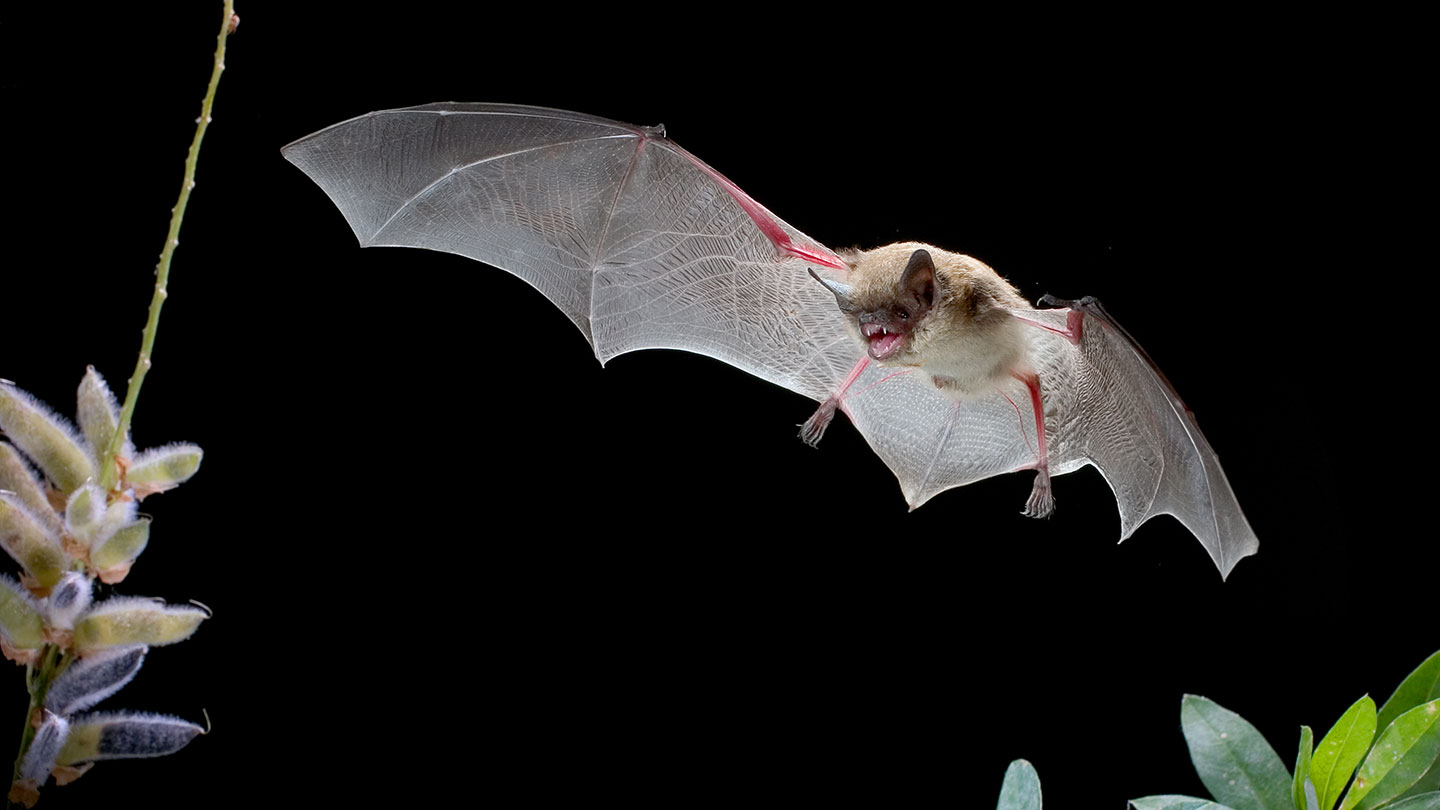
Little brown bats are declining in the U.S. because of a fungal disease called white-nose syndrome. The U.S. Fish and Wildlife Service is now evaluating whether this once-common mammal should be added to the U.S. endangered species list.
Michael Schirmacher, Bat Conservation International
A little brown bat swoops out of the night sky. With sharp teeth bared, it devours a moth nearly half its size.
Like many bat species, the little brown bat isn’t as common as it used to be. More than half of North America’s 154 bat species are at risk of declining over the next 15 years. There are many reasons why, according to a new report. Among them are climate change, habitat loss and disease.
The U.S. Endangered Species Act already protects 12 bat species. Also known as ESA, the law was enacted on December 28, 1973. That’s a half century ago. The law designates protections for species at risk of dying out. Scientists hope little brown bats will soon be added to ESA’s list of protected species.
When it comes to preventing plants and animals from going extinct, ESA is “one of the most powerful laws we have,” says Winifred Frick. She works at the University of California, Santa Cruz. This conservation biologist also is chief scientist at Bat Conservation International. A non-profit group, it’s based in Austin, Texas. It works to protect the world’s bats to ensure a healthy planet.
ESA is “about protecting wildlife for our future generations,” says Frick. For instance, while growing up in California, she never saw a condor — North America’s largest bird. In 1987, the species went extinct in the wild. Thanks to ESA’s captive-breeding program, however, a small group of the birds reproduced. Over time, they multiplied. Many of these would be set free (although they still face threats from lead poisoning).
Today as Frick and her 13-year-old son hike along the Pacific Coast, they can admire soaring condors — whose wings can span nearly 3 meters (almost 10 feet). Nearly 350 of these majestic scavengers once again fly over parts of California and Arizona.
ESA currently protects more than 2,300 species. This includes more than 900 plants and at least 160 marine species. So far, the Act has kept 99 percent of listed species from extinction. This was the conclusion of a 2019 study in Peer J. The Act has helped large predators recover. These include grizzly bears, gray wolves and American alligators. The Act also benefits less well-known critters, such as slimy snails, small shellfish and scurrying beetles.
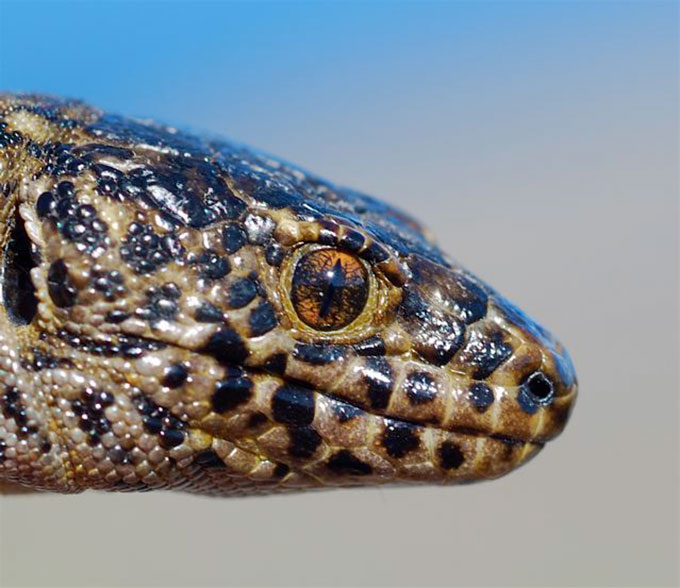
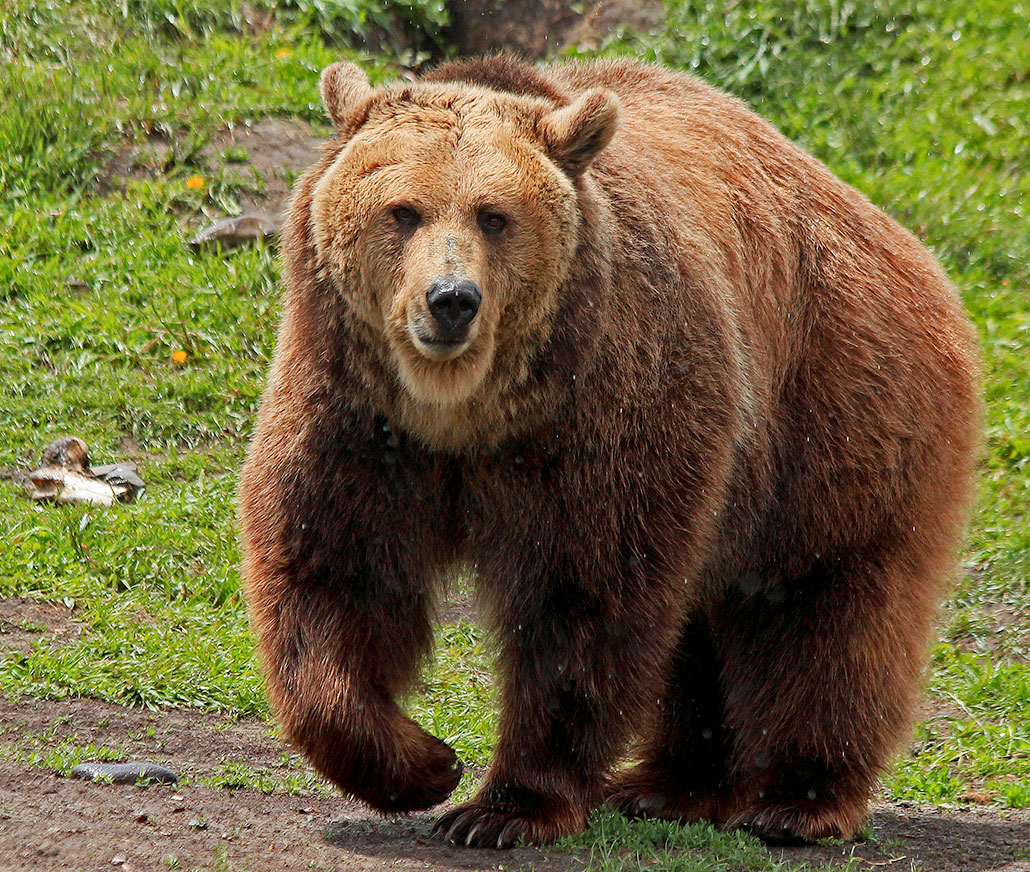
In 2013, a tiny brown snail called the Magazine Mountain shagreen was the first endangered invertebrate to graduate off the endangered species list. Its numbers recovered after the Arkansas forest where it lives was protected from logging and construction.
Thanks to ESA, the Southern California’s Island night lizard — which has no eyelids — also has recovered. And on islands near Toledo, Ohio, the Act has helped Lake Erie water snakes slither back from the brink.
Some endangered plants have bounced back, too. Take the golden paintbrush. In 1997, only 20,000 remained in the wilds of Washington and Oregon. Now more than 325,000 of the bright wildflowers grow there — enough that this species no longer needs ESA protection.
That’s the good news. Unfortunately, not all the news is good.
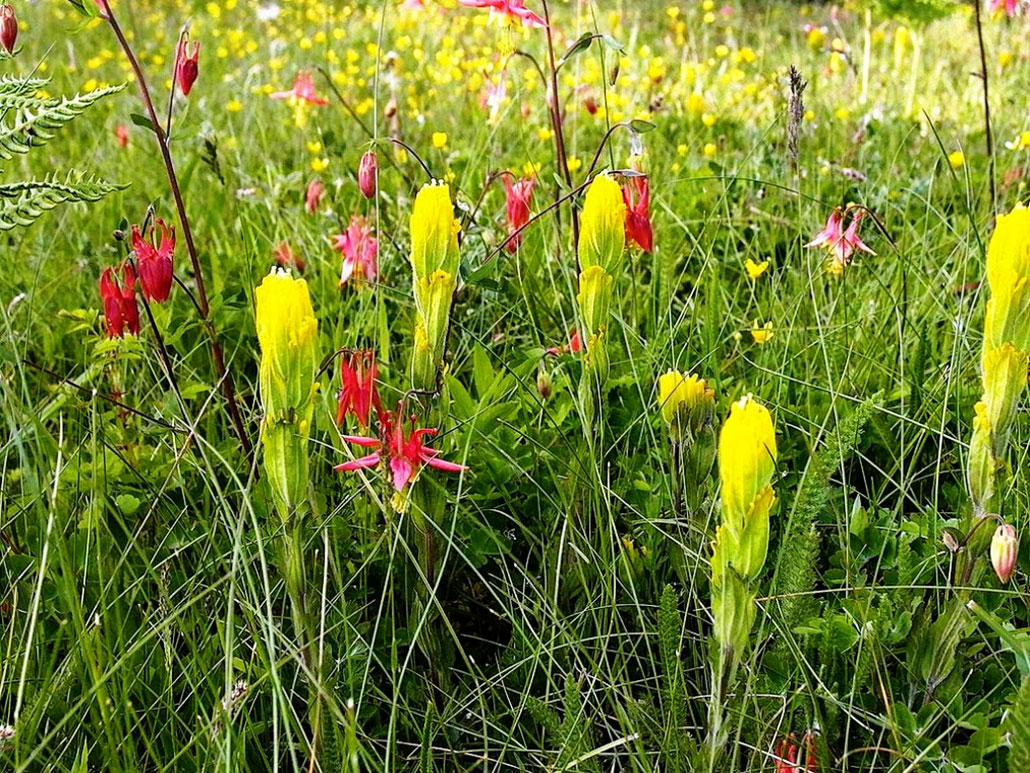
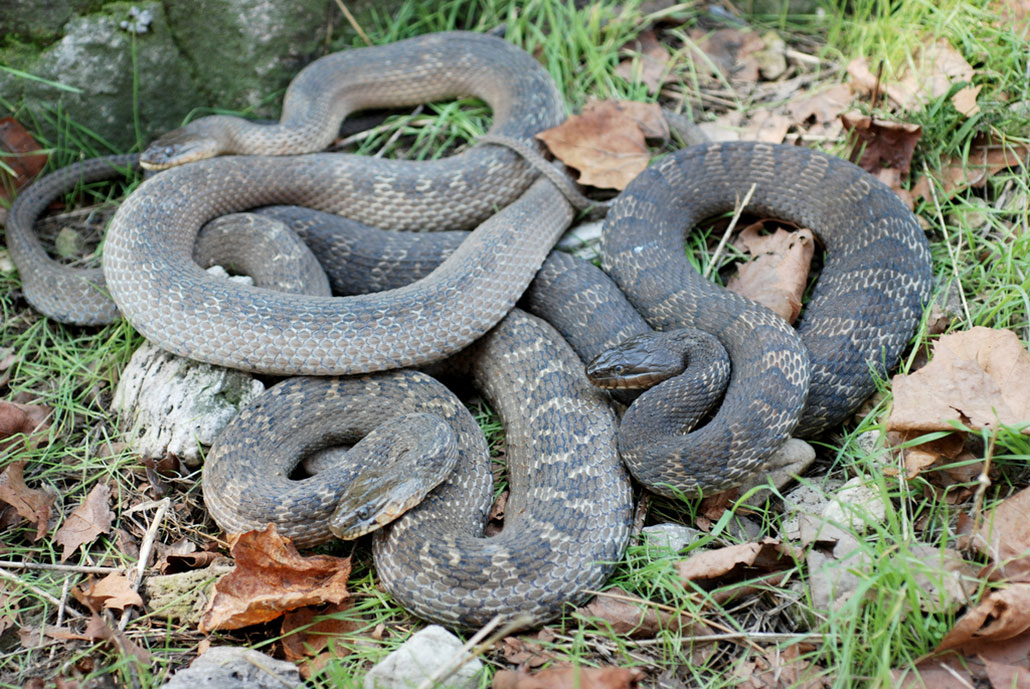
Across the globe, some one million species of plants and animals are at risk of going extinct, warned a major 2019 report from the United Nations. These species range from parrots and oak trees to giraffes and seaweed. As a U.S. law, ESA can attempt to help only a small fraction of these.
Erich Eberhard works at Columbia University in New York City. This ecologist believes the Act is doing a great job of keeping species around. But that’s not its only job, he notes. “The Endangered Species Act has two parallel goals. One is to prevent the extinction of species. The other is to recover listed species.”
And when it comes to that second goal, he says, the Act “isn’t succeeding.”
Who’s covered by the Act and why
Some species are listed as “endangered” with extinction. Others are merely “threatened” with extinction (meaning the risks they face are not yet as dire).
In 2014, the pinky-sized Oregon chub was the first fish to graduate off the endangered species list. Only 1,000 of these silver minnows had been left when the chub was put on ESA’s list in 1993. Landowners and government agencies restored bogs and ponds where these fish live. Then scientists reintroduced the chub to these places. Today, more than 160,000 of the tiny fish swim wild in Oregon’s Willamette River Valley.
It’s a success story.
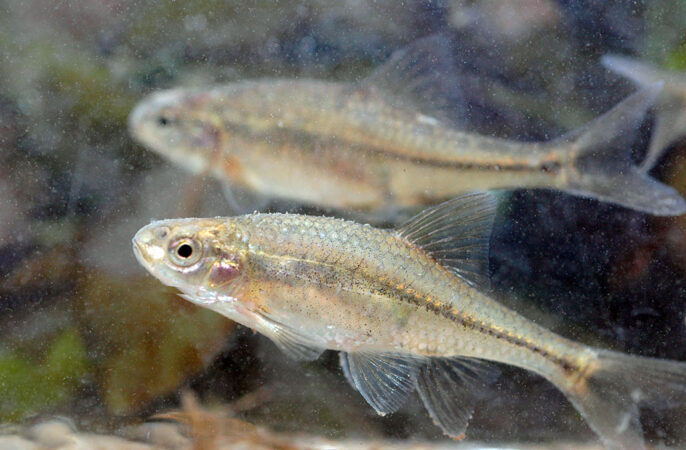
And so far, more than 50 other species have recovered enough to also be removed from ESA’s protected list. That’s about 3 in every 100 of its plants or animals.
The status of 60 more have improved enough that ESA no longer lists them as endangered with extinction. They remain, however, on the Act’s list of species still threatened with extinction. This is the case for the American burying beetle. Nearly as long as a hockey puck, it feeds on carrion (dead animals).
Once the U.S. government adds a species to the list, ESA creates a plan to help that species recover. This might mean describing ways to restore habitat, if that’s missing or damaged. Or the plan might identify ways to halt threats to a species. For instance, being listed under this Act makes it illegal to harass, kill or catch any of these organisms.
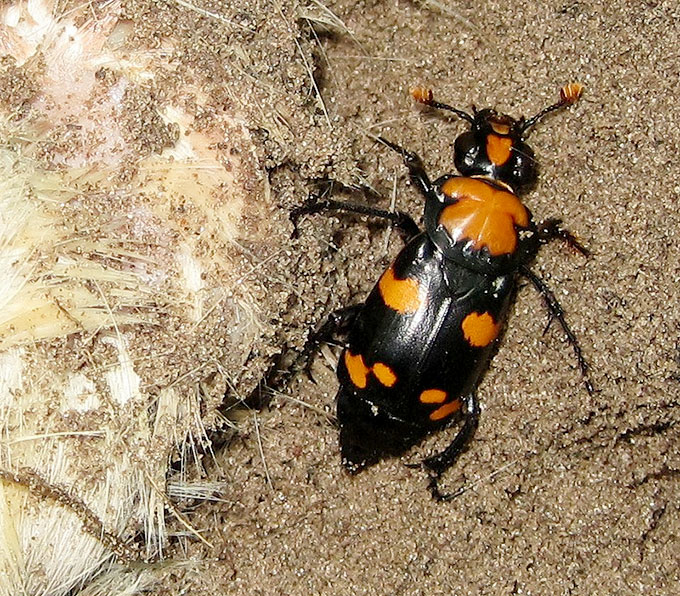
If not given this protection soon enough, species that are now threatened could soon become endangered. And once they reach that critical state, they become far harder to save.
A great example of the Act in action is how it has protected some of the world’s largest animals: whales. Take the popular humpbacks. They love to breach out of the water, trap their prey with nets of bubbles and slap the surface with their fins and tail flukes. (Fun fact: At about 18 feet, their flukes are nearly as long as a pickup truck!)
Eight whale species, including the humpback, were among the first animals added to the U.S. endangered species list. Across the globe, hunting — known as whaling — had reduced the number of humpbacks to just five percent of their historic levels.
In 1985, with U.S. support, the International Whaling Commission banned the commercial harvest of whales. Since then, nine out of 14 populations of humpbacks are no longer considered even threatened.
One of the biggest humpback success stories is the Hawaiian-born population (which migrates each summer to dine in Alaska). Now numbering about 11,000 animals, they have “likely met or exceeded their historic abundance,” says Suzie Teerlink. She’s a humpback-whale biologist in Juneau, Alaska. She works for the National Oceanic and Atmospheric Administration (NOAA).
ESA gives whales and their habitats additional protections from other human-related threats, Teerlink points out. These include being struck by ships or tangled in fishing lines.
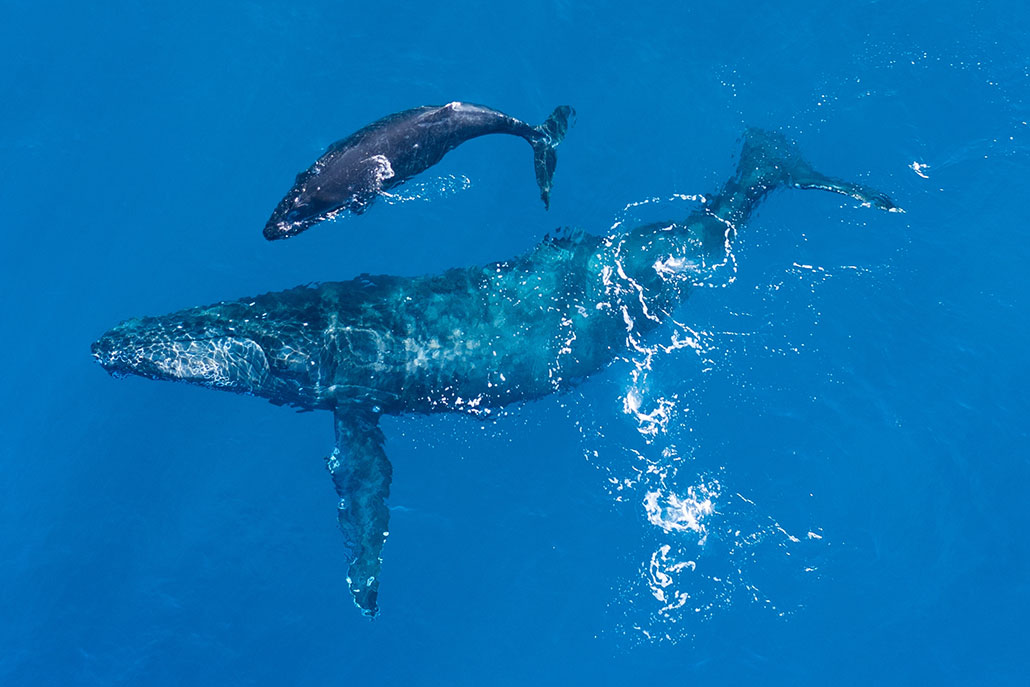
Many species can mean lots of benefits
The Act also requires the U.S. government to consider how land development might affect threatened or endangered species. Such projects could include new roads, bridges or pipelines. They also would cover logging, mining or building wind turbines.
This law “makes people stop and look first,” before they tear up or through the environment, says Derek Goldman. He’s a national field director out of Missoula, Mont., for the Endangered Species Coalition. It’s a mix of 400 groups that works to protect imperiled species.
But this stop-and-look requirement has brought ESA critics. “They believe it slows down development,” Goldman says. He stresses, however, that the Act isn’t intended to prevent projects from happening. It just asks developers to find ways to limit harm to the local plants and animals that might be impacted.
Different species play different roles in an ecosystem. So it’s important to protect a diverse mix of species to ensure a “healthy, functioning planet.” And, Goldman adds, “The world is a more interesting place when we have lots of different plants and animals.”
Losing biodiversity affects people, too. We rely on plants and animals to feed us, keep pests in check and help clean our air and water.

Does ESA step in too late?
“The single greatest threat to biodiversity currently is habitat loss,” says Eberhard at Columbia University.
Many countries, including the United States, have pledged to halt or reverse the loss of nature. One goal has been to protect 30 percent of the land and waters on our planet by 2030. This would benefit endangered species.
In most cases, the biggest limiting factor for doing this is money, says Eberhard. Agencies in charge of conserving wildlife are “starved” for money, he says.
He took part in a study, published last year in PLoS ONE. Most plants or animals on the endangered species list, it found, only received protection after their numbers reached “dangerously low” levels.
Under the law, species recommended for ESA listing should wait no more than two years before the U.S. government steps in to list species at high risk. However, most species have to wait longer — sometimes much longer, the study found. Between 2010 and 2020, the median wait time was three years. In the 10 years before that, it had been far worse: 9.1 years!
Overwhelmed government agencies are one reason for the delay in listing species, the study suggests. The more species recommended for listing, the longer the wait. It appears that in recent decades, agencies lacked enough people and money to move faster.
And, the study points out, for species “with very small or rapidly declining populations, a multi-year delay in receiving protection increases the risk of extinction.”
This was certainly true for many of the first species ESA listed. Dozens of them were taken off the list when it turned out that they were already extinct, or nearly extinct, by the time the ESA was enacted. This included the ivory-billed woodpecker, America’s largest. Also in that group: the Eastern puma — a cougar that used to roam from Maine to the Carolinas.
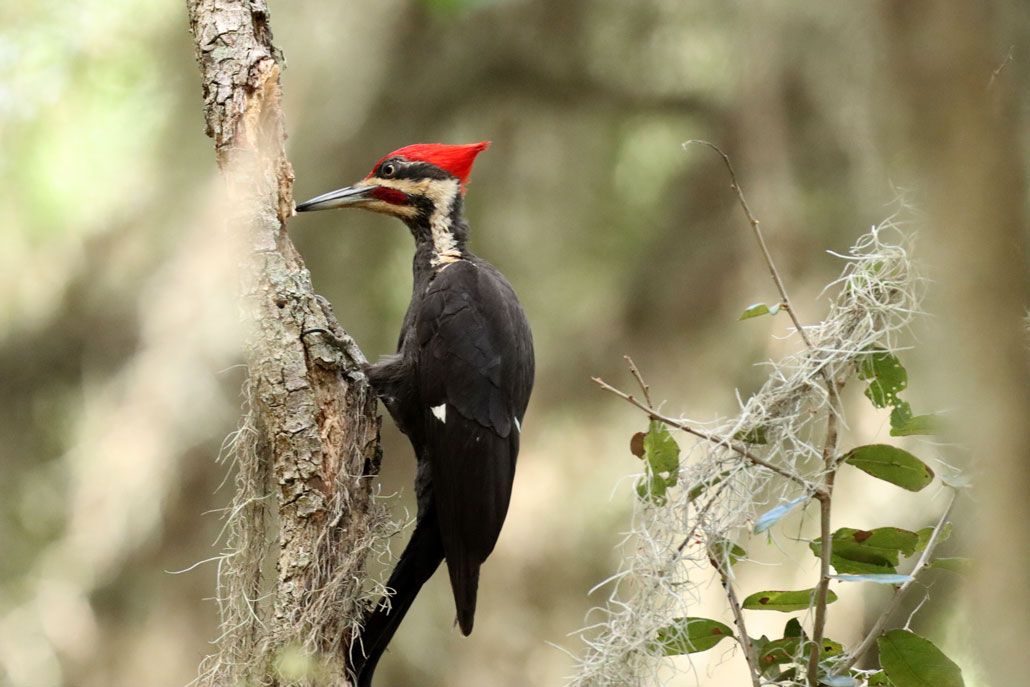
Helping troubled species recover
One way to help species rebound is to direct more money toward protecting them and their ecosystems. That’s why many biologists are championing the Recovering America’s Wildlife Act.
This proposed law was introduced in the U.S. Senate in March 2023. It would invest $1.4 billion each year to help states and tribal nations keep wildlife populations healthy. It would help pay for habitat conservation and state research programs. And that money would benefit more than just species on ESA’s list; it would also help 12,000 species of concern on the lists of individual states. Such species include the monarch butterfly, western bumble bee and dwarf shrew.
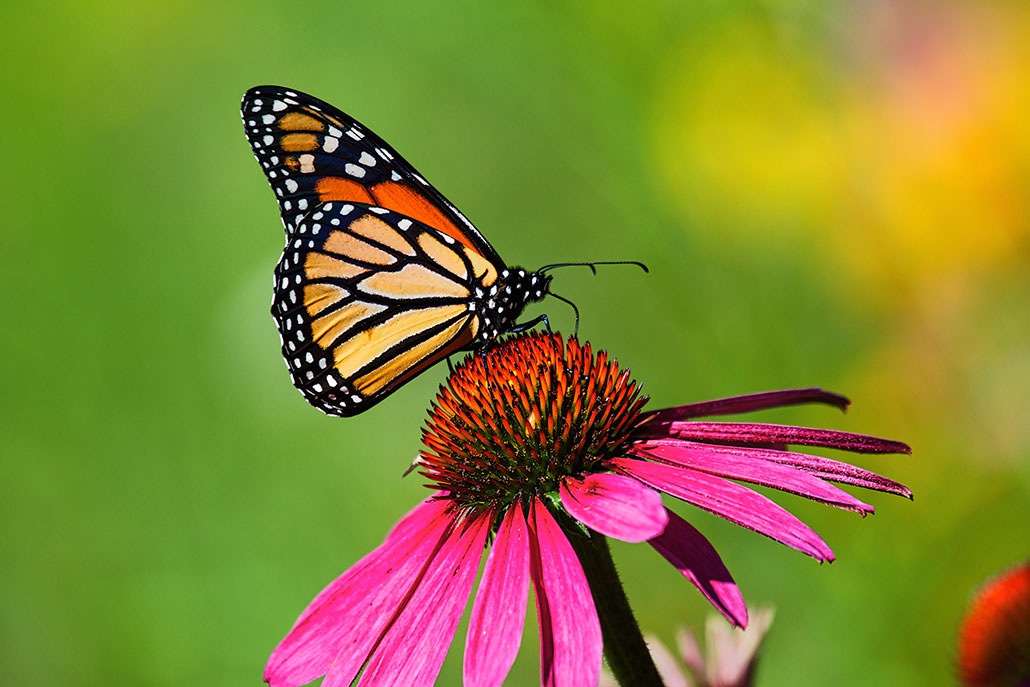
It’s often much harder and more expensive to “try to recover species that have already declined, rather than to prevent those declines in the first place,” says Frick of Bat Conservation International.
Think of the Endangered Species Act as an emergency room for species whose numbers have gotten critically low. The proposed law wouldn’t wait until species were gravely ill. Instead, it would provide species with the conservation equivalent of regular check-ups. The idea would be to keep their populations healthy.
In this way, Frick believes, passing the proposed law could be “a game changer” for conserving wildlife.
As ESA celebrates its 50th anniversary in December 2023, Frick hopes a lot more healthy species will “graduate” from an endangered status.
Teerlink, who focuses on ocean critters, agrees. “Extinction is forever. The future depends on us being considerate and intentional in what we leave behind.”







